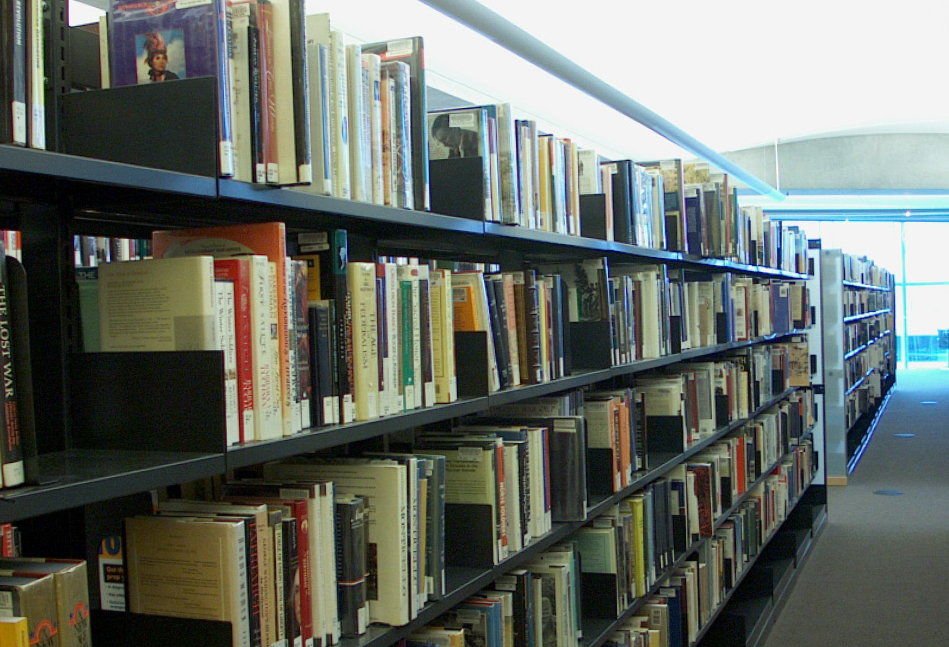KIPP Open Book: Transparency and Accountability in Schools
Abstract
IntroductionWith over 70 schools serving more than 45,000 students, charter schools have emerged as a significant feature of Philadelphia’s educational landscape. Navigating the maze of these disparate schools has proven to be a challenge for educators, policymakers and parents alike.
A charter school is simply a free, open-enrollment public school that is governed by an independent board of directors, rather than a locally elected (or appointed, in the case of Philadelphia) school board. They are funded via public dollars from the city, state and federal government, and like any other public school they must serve every child who walks through their door. Charter schools are not allowed to have admissions criteria, so if more children sign up than the school has space to serve, a lottery must be held to randomly select who is able to attend.
Just as there is a profound variation in the quality of, say, restaurants in Philadelphia, so, too, is there a profound variation in the quality of its charter schools. The problem is that, unlike with restaurants, charter schools do not yet have a Zagat guide to help consumers make informed decisions. And whereas it is morally defensible to live in a society where some people are unable to afford an expensive restaurant, every single child deserves the opportunity to attend a school that is the educational equivalent of a 5-star restaurant.
Some advocates within the charter movement believe that parent demand is the only measure that matters in assessing the effectiveness of a school. Nearly all charter schools have long waiting lists, which, using this logic, proves that nearly all charter schools are doing a good job.
As a recent Pew report pointed out, however, many parents are choosing charter schools because they are safer than traditional public schools (Pew Charitable Trusts 2010). The reality is that the demand for charter schools is more a reflection of many parents’ belief that traditional public schools are unsafe than it is an affirmation of the academic quality of Philadelphia’s charter schools.
Meanwhile, the School District of Philadelphia—the entity in charge of authorizing and regulating the city’s charter schools—has historically paid little attention to charters, a phenomenon some charter operators describe as “benign neglect.” With a staff of approximately 5 in its charter office, the District simply lacks the capacity to perform the in-depth observations and analysis needed to oversee its portfolio of 70-plus schools. As a result of this lax oversight, the burden to closely examine the daily operations of charter schools falls on individual charter boards. And since all board members are volunteers and most are non-educators, there are many charter boards that (intentionally or inadvertently) simply give charter operators carte blanche to run the school as they see fit.
To explain how this laissez-faire approach impacts the charter climate, I often describe the following scenario: Imagine you are driving alone in the middle of the night and come upon a red light at an intersection. There are no cars in any direction. No one is around. Do you run the light? Most charter operators have integrity and are unwilling to break either the letter or the spirit of the law even if they can get away with it. With multiple schools under federal indictment in Philadelphia (Woodall and Shiffman 2009), however, it’s obvious that there are others who would choose to run the light.
Downloads
Published
How to Cite
Issue
Section
License
Copyright (c) 2011 Marc Mannella (Author)

This work is licensed under a Creative Commons Attribution-NonCommercial-NoDerivatives 4.0 International License.
The Social Innovations Journal permits the Creative Commons License:
CC Attribution-NonCommercial-NoDerivatives 4.0
Under the following terms:
-
Attribution — You must give appropriate credit, provide a link to the license, and indicate if changes were made. You may do so in any reasonable manner, but not in any way that suggests the licensor endorses you or your use.
-
NonCommercial — You may not use the material for commercial purposes.
-
NoDerivatives — If you remix, transform, or build upon the material, you may not distribute the modified material.
- No additional restrictions — You may not apply legal terms or technological measures that legally restrict others from doing anything the license permits.
Notices:
- You do not have to comply with the license for elements of the material in the public domain or where your use is permitted by an applicable exception or limitation.
- No warranties are given. The license may not give you all of the permissions necessary for your intended use. For example, other rights such as publicity, privacy, or moral rights may limit how you use the material
Copyright and Publishing Rights
For the licenses indicated above, authors retain the copyright and full publishing rights without restrictions.





